What is bankability and why is it vital for solar projects?




Hassan Farhat
Lead Technical Advisor
Hassan Farhat has a background in Energy Engineering and excelled in his Master of Science in Renewable Energy in Electrical Systems. More than three years ago, he joined the RatedPower technical team, where he works as a Solar Photovoltaic Engineer and Customer Success Manager at RatedPower.
Hassan has a thorough understanding of the industry and of RatedPower’s pvDesign, the digital solution to reduce LCOE and maximize productivity of utility-scale PV plants. He's passionate for renewable energies and their role within the global environmental transition.
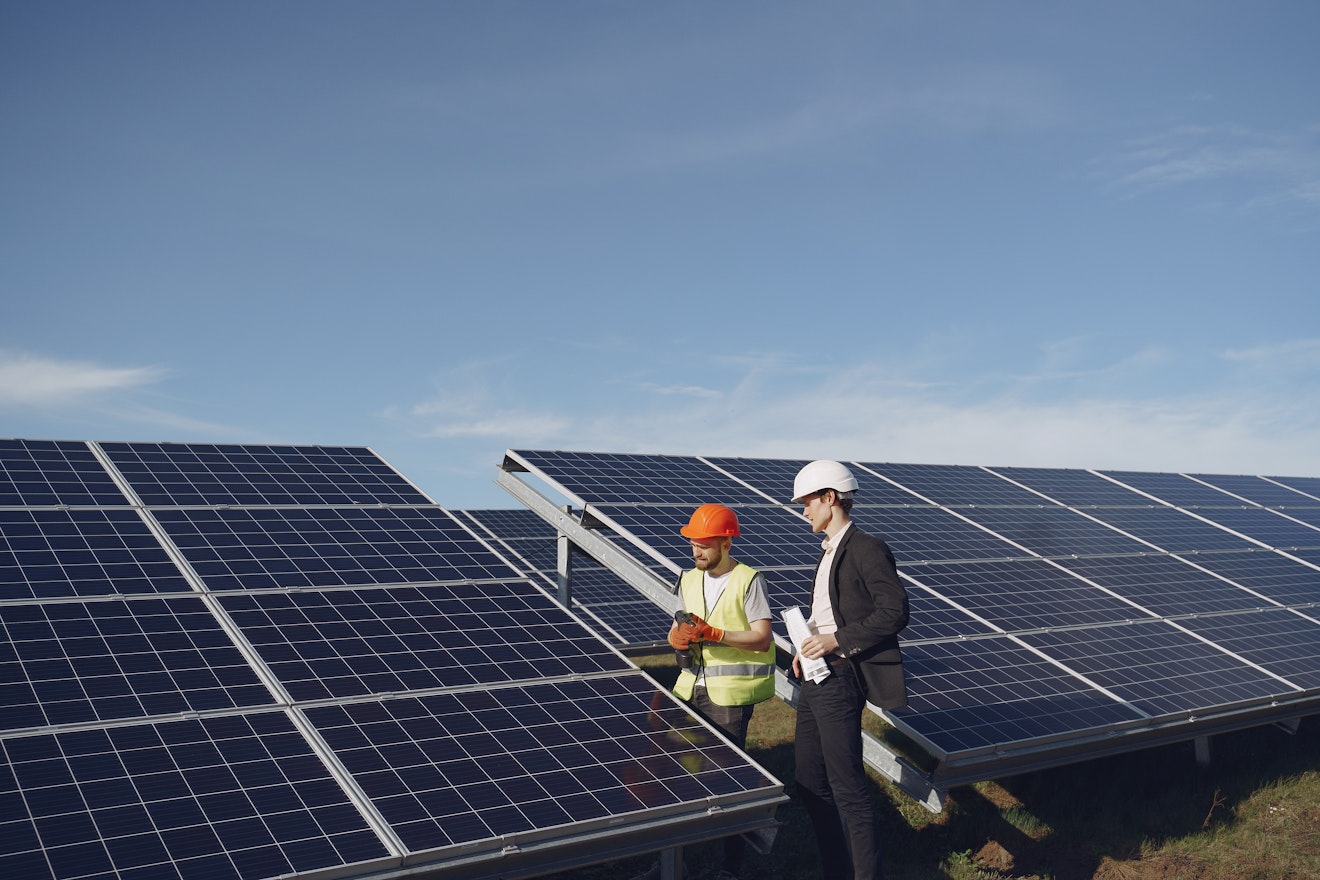
Discover why bankability is so important to assess the feasibility and secure investment for your PV project.
Content
What is bankability?
In the context of solar energy, bankability refers to a project's attractiveness to lenders and investors. When a project is bankable, it means that the solar market has confidence that the company is reliable and that financiers are willing to invest.
The reason bankability is such an important concept for solar projects stems from trust and confidence. When a project is bankable, investors have a clear picture of the risks and returns of a project, backed up by data.
What are the key elements of a bankability feasibility study?
To evaluate a project’s bankability, a feasibility study must be conducted. This type of study involves several different components, including:
technical assessment (e.g. location suitability, equipment and technology performance and reliability, engineering).
market analysis and demand assessment (e.g. energy demand assessment, competitive analysis).
financial projections and risk assessment (e.g. financial viability assessment, investment costs, O&M costs).
legal and regulatory considerations (e.g permits, compliance and regulation).
environmental and social impact (e.g. sustainability assessment, community and environmental impact assessment).
All of these components are equally important.
Solar Bankability best practices
Several solar bankability best practices can help your project attract investors, demonstrate feasibility to execute, and be sustainable over the long term.
The first and most important best practice is risk identification. You need to consider all of your project’s moving parts and identify what could potentially go wrong. This includes technical problems like equipment failure, system inefficiencies, and site complications during the installation. Human error and other unforeseen costs during the project’s operation and management must also be considered.
After identifying potential risks, you need to assess their downstream impacts and how they could affect the economics of your project. Factors like changes in estimated energy yield, fluctuations in solar availability due to weather conditions, variations in temperatures that affect efficiency, and changes to the cost of solar generation must all be assessed.
If you know the risks and how they could impact your project, the next best practice is to have a plan to manage them. It is good practice to prioritize management of the risks that could lead to the biggest potential negative outcomes.
Conducting technical due diligence is also essential. This involves assessing your project’s design implementation and equipment usage, as well as running regular maintenance checks to ensure that everything is running as it should be.
It is also crucial to have a process that adheres to industry guidelines and standards. Projects need to align with solar industry standards and local regulations and laws. Part of this should involve monitoring updates and changes to the rules and leveraging policy incentives wherever it makes sense to do so.
Bankability checklist
Before you consider funding a solar project, here is a checklist of things to assess the project’s bankability:
Ownership Model: Define the project's ownership structure and stakeholders' roles.
Project Concept: Develop clear objectives, including location and alignment with national/local markets.
Policy alignment: Comply with relevant local and national governmental bodies.
Climate Impact: Assess the environmental impact of the project.
Maturity Stage: Confirm completed feasibility studies, financial models, and potential fund sources.
Economic Viability: Determine the project cost and returns of the project.
Technical Viability: Examine demand, risk management, and regulatory clarity.
Financial Soundness: Scrutinize track records, creditworthiness, and anticipated cash flows.
Innovation and Scalability: Assess the project's ability to innovate and scale.
Social Benefits: Identify impacts on job creation and other benefits to society.
How RatedPower can support the financing of new PV projects
RatedPower is a cloud-based, end-to-end software solution that can help with the study, analysis, design, and engineering of PV plants through automation and optimization. It can deliver accurate energy estimates, which is crucial for effectively predicting a project’s future energy output.
RatedPower generates energy yield reports that account for numerous variables, including gains, losses, weather conditions, and nighttime consumption. The platform includes a built-in CAPEX template tool, which facilitates the generation of precise CAPEX projections tailored to the project’s specifications. Users can choose from various templates or create their own.
RatedPower enables the generation of comprehensive financial reports encompassing CAPEX, repayments, tax obligations, and other financial data. It also produces agreement reports such as interconnection facility, overhead line, and substation reports.
Armed with this detailed information, project sponsors can confidently approach investors and banks, making a compelling case for financing. RatedPower’s robust financial modeling tool ensures that stakeholders have all the necessary information for informed decision-making, thereby increasing the likelihood of project success.
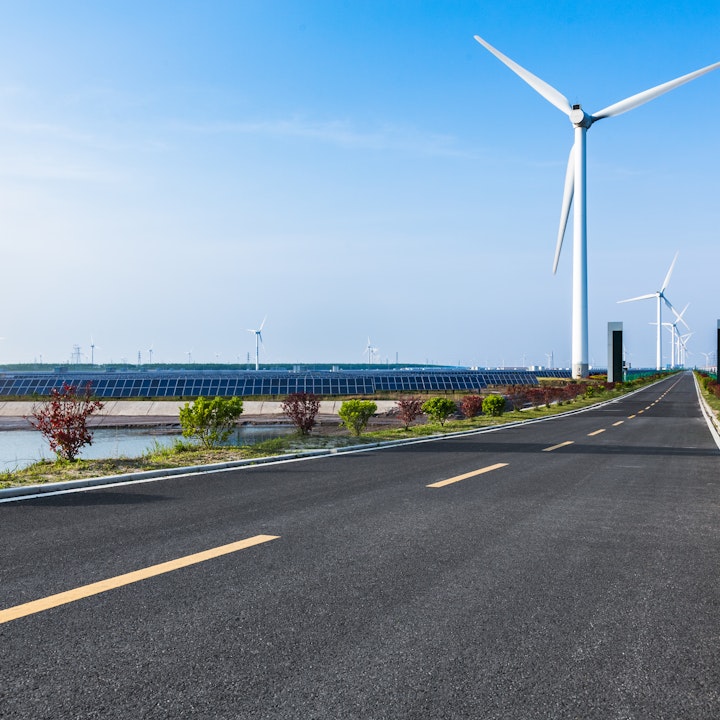
Design utility-scale solar at lightning speed
Benefits of including financial analysis in your PV system designs
Join our PV expert, Bernardino Martín as he discusses how incorporating accurate financial estimates in your PV projects designs from the early stages can help you mitigate risks down the funnel.

Latest stories
Related glossary posts
Technology and engineering
What is a solar substation and how to customize yours with RatedPower software
Updated 5 MAY, 25
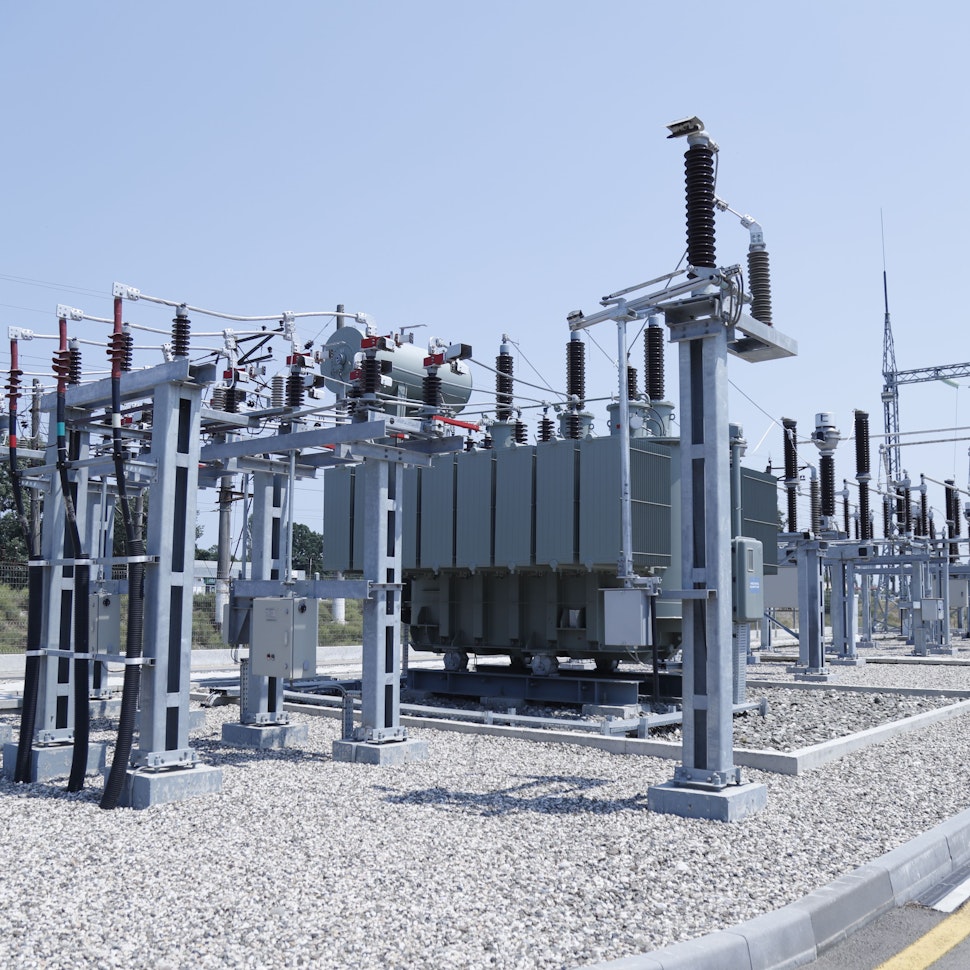
Technology and engineering
What is a solar combiner box and why is it used in photovoltaic designs?
Updated 25 MAR, 25
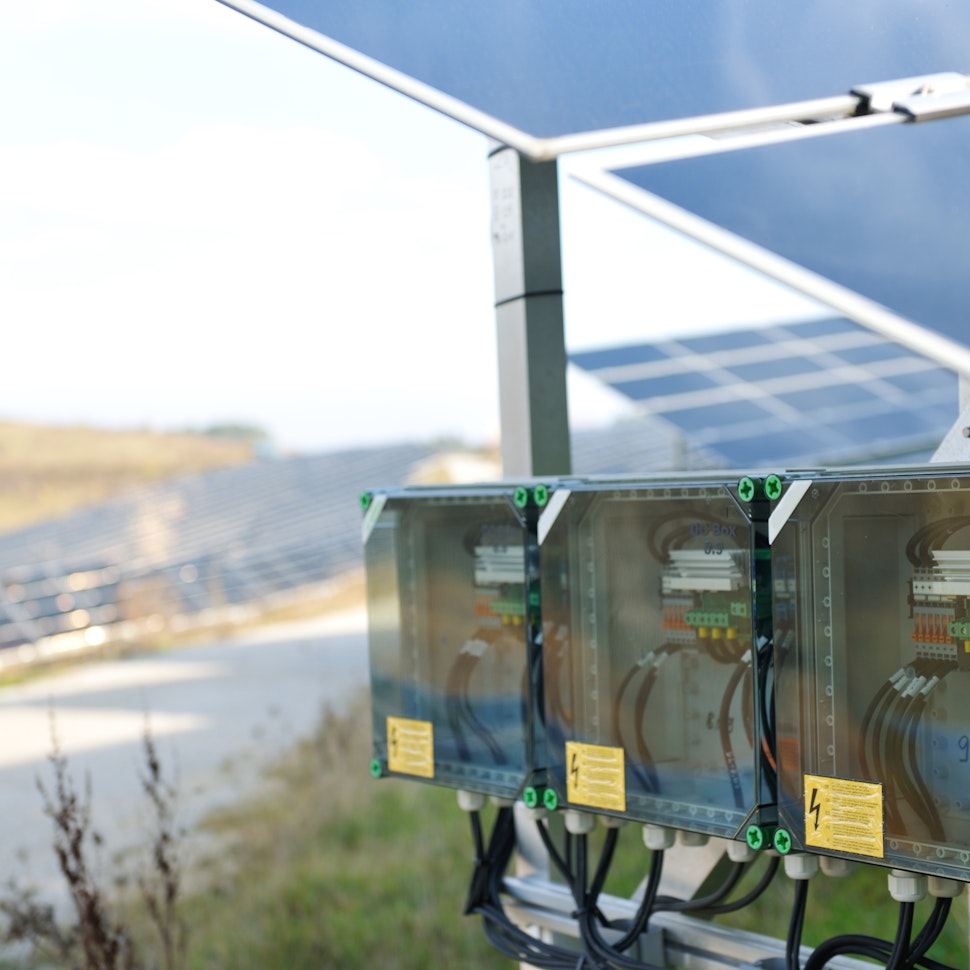
Technology and engineering
What are the benefits of a Power Purchase Agreement (PPA) for solar plants
Updated 25 MAR, 25

Related posts
Technology and engineering
Innovation in renewable energy: Developments expected in 2025
We look at the 10 biggest renewable industry developments that are making a green future possible, including perovskite solar cells, green hydrogen, and more.
Updated 18 MAR, 25

Technology and engineering
What the future holds for the longevity and efficiency of solar panels
Tests done by the French photovoltaics group Hespul showed that the panels, installed in 1992, are still operating at an astonishing 79.5% efficiency. Read on to find out more.
Updated 4 MAR, 25
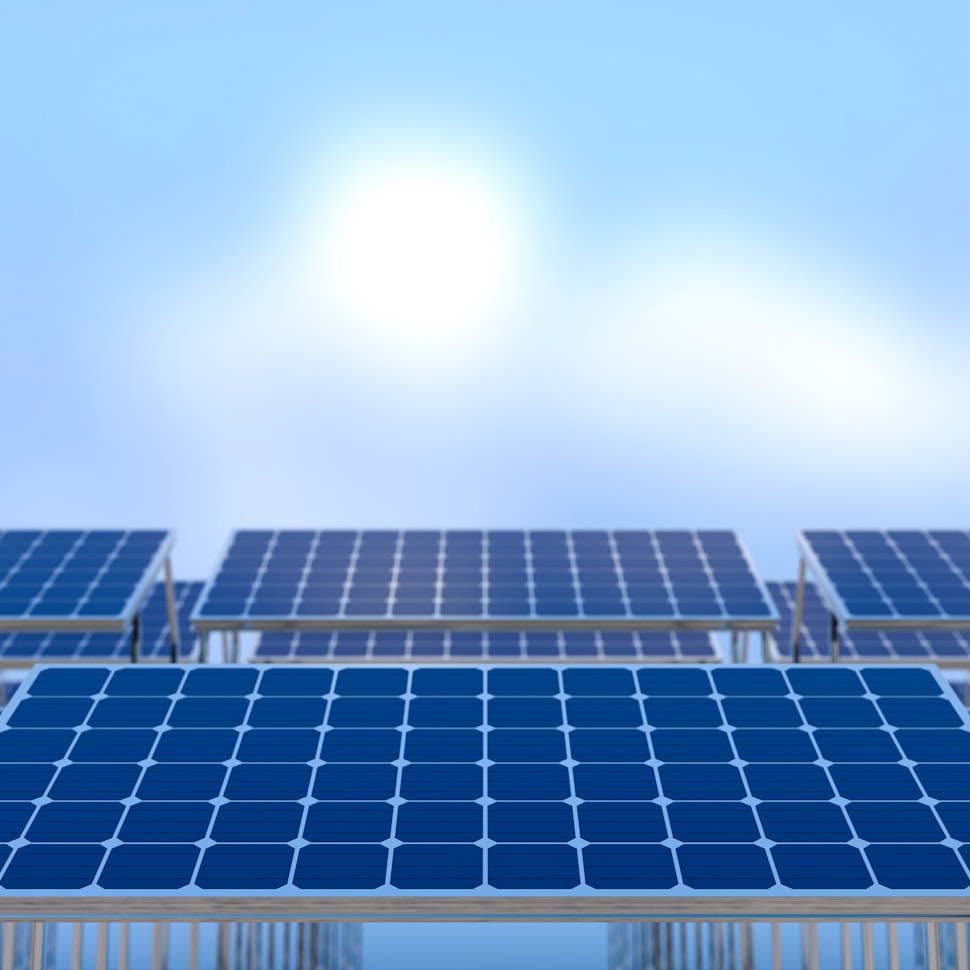
Technology and engineering
Concentrated solar: An unlikely comeback?
Once described as obsolete, the concentrated solar power market ballooned to $53 billion in 2023 and is still growing. Here’s why CSP is making a comeback.
Updated 12 NOV, 24
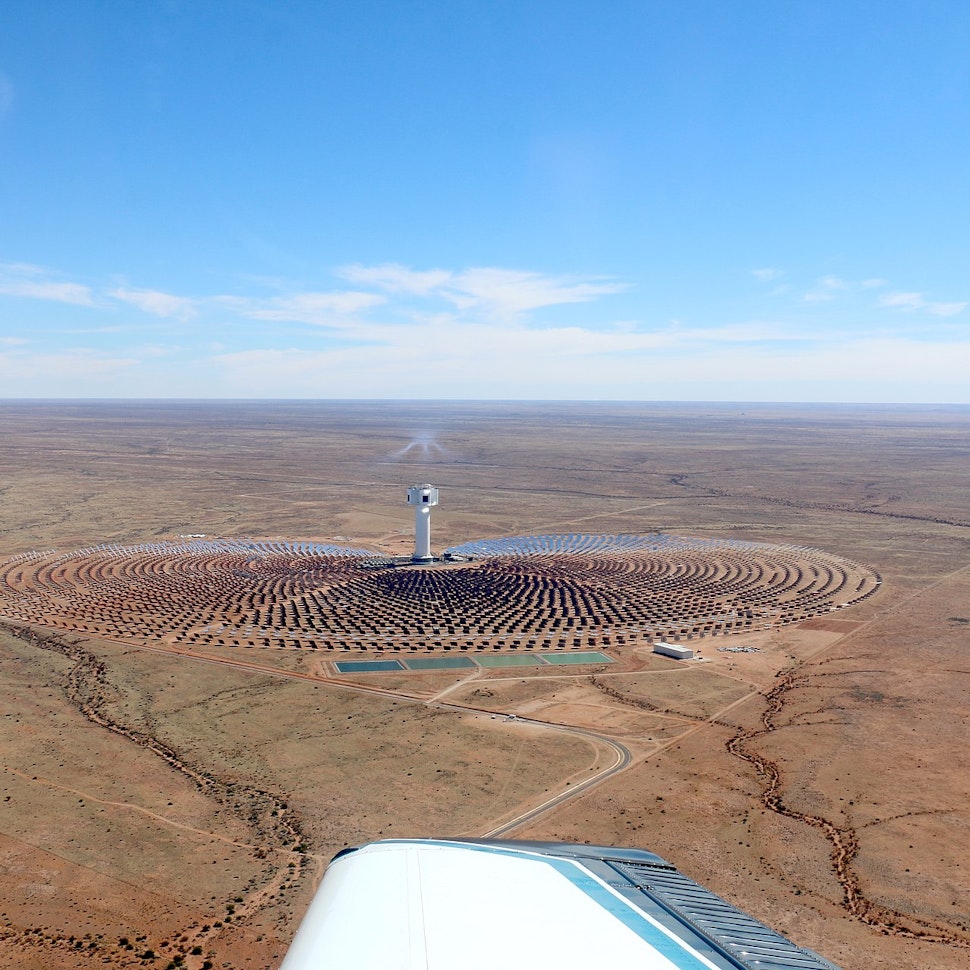
- RatedPower
- Glossary
- B
- Bankability

